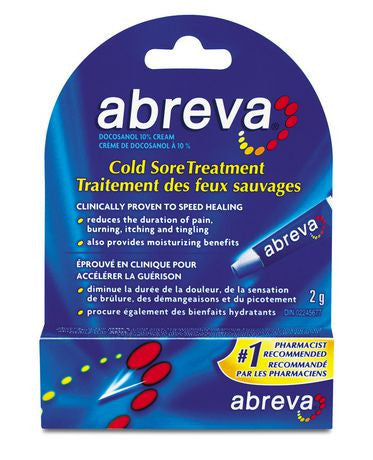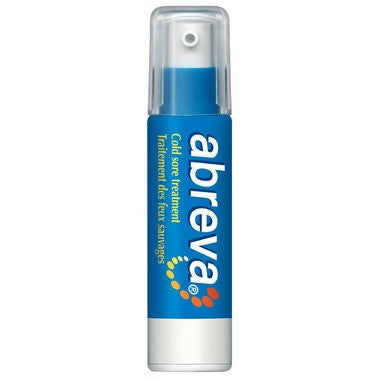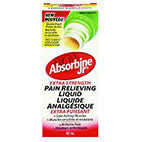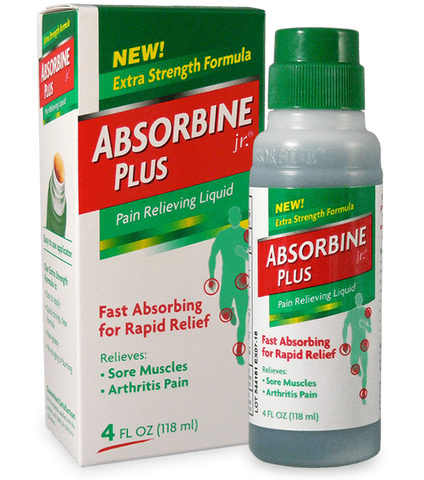BiosenseClinical Smart B3 Serum
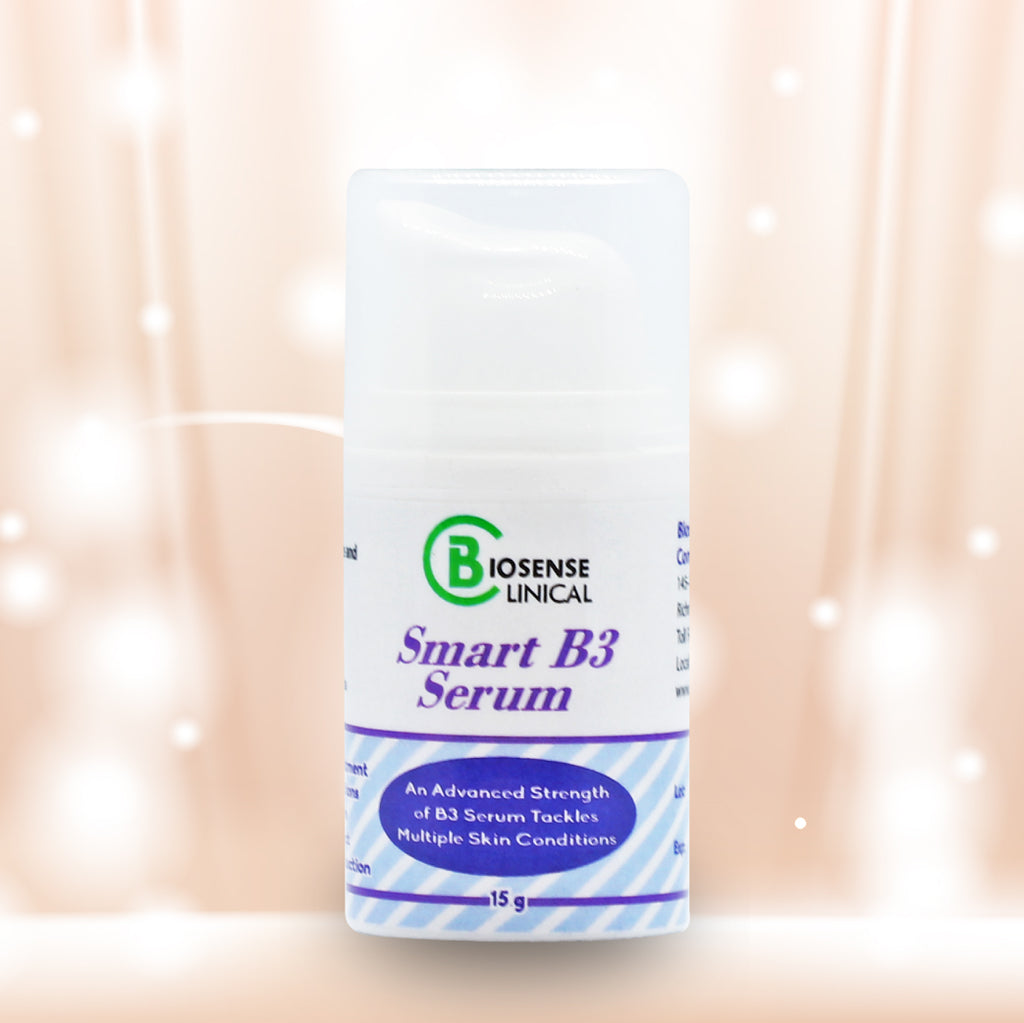
Share this Product

Smart B3 Serum contains 13% of vitamin B3 USP (niacinamide) as the active ingredient.
Vitamin B3 has been shown in multiple clinical studies that it helps to improve in the appearance of aging skin including reducing hyperpigmentation and red blotchiness. It also demonstrated to be effective in reducing the inflammation caused by acne.
This high concentration of vitamin B3 exerts powerful multitasking effects:
- Strengthening the top layer of the skin (strata corneum) which is responsible for transdermal epidermal water loss (TEWL)
- Antipruritic effect: enhances barrier protection by stimulating ceramide synthesis and stabilize mast cells that reduces the release of histamine
- Reduce inflammation – pilot studies show ant-inflammatory effects exist for atopic dermatitis, psoriasis, rosacea and acne vulgaris
- Lightening effect – reduces hyperpigmentation
- Regulate sebum production
Other ingredients highlights:
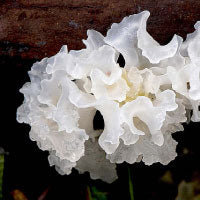
Tremella Fuciformis (Mushroom) extract
- Superior water retention capacity provides prolonged hydrating effect
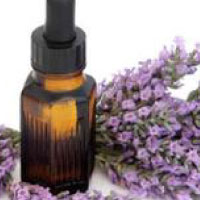
Organic lavender essential oil
- Possesses soothing properties and helps to reduce inflammation of skin conditions (e.g. skin redness, eczema)
- Helps to normalize oil production
Directions:
- Apply 1 to 2 times daily on face and neck area before moisturizer
- Do not use together with Super C Serum (Vitamin C Serum)
- Ideal for specific skin condition such as inflammation, skin requires immunity boosting effect
- Ideal for pre and post cosmetic treatment
Storage:
- Store below 30°C
- Keep out of reach of children
Precaution:
- For external use only
- Do not use if rash occurs and consult a clinician
References:
- Dermatol Surg. 2005 Jul;31
- Int J Cosmet Sci. 2004 Oct;26(5):231-8
- J Dermatol. 2008 Oct;35(10):637-42
- Int J Dermatol. 1995 Jun;34(6):434-7
- Dermatoendocrinol. 2012 Jul 1; 4(3): 308–319
- Skin Pharmacol Physiol 2014;27:311-315
- Dermatol Surg. 2005 Jul;31
- Int J Cosmet Sci. 2004 Oct;26(5):231-8
- J Dermatol. 2008 Oct;35(10):637-42
- Int J Dermatol. 1995 Jun;34(6):434-7
- Dermatoendocrinol. 2012 Jul 1; 4(3): 308–319
- Skin Pharmacol Physiol 2014;27:311-315




